We recently sold Contentellect, our content marketing agency, which we built with an entirely remote overseas team.
At the time of the sale, we had 15 full-time remote employees, and over 100 freelancers. We were on track for $1m in revenue and $400k in net profit.
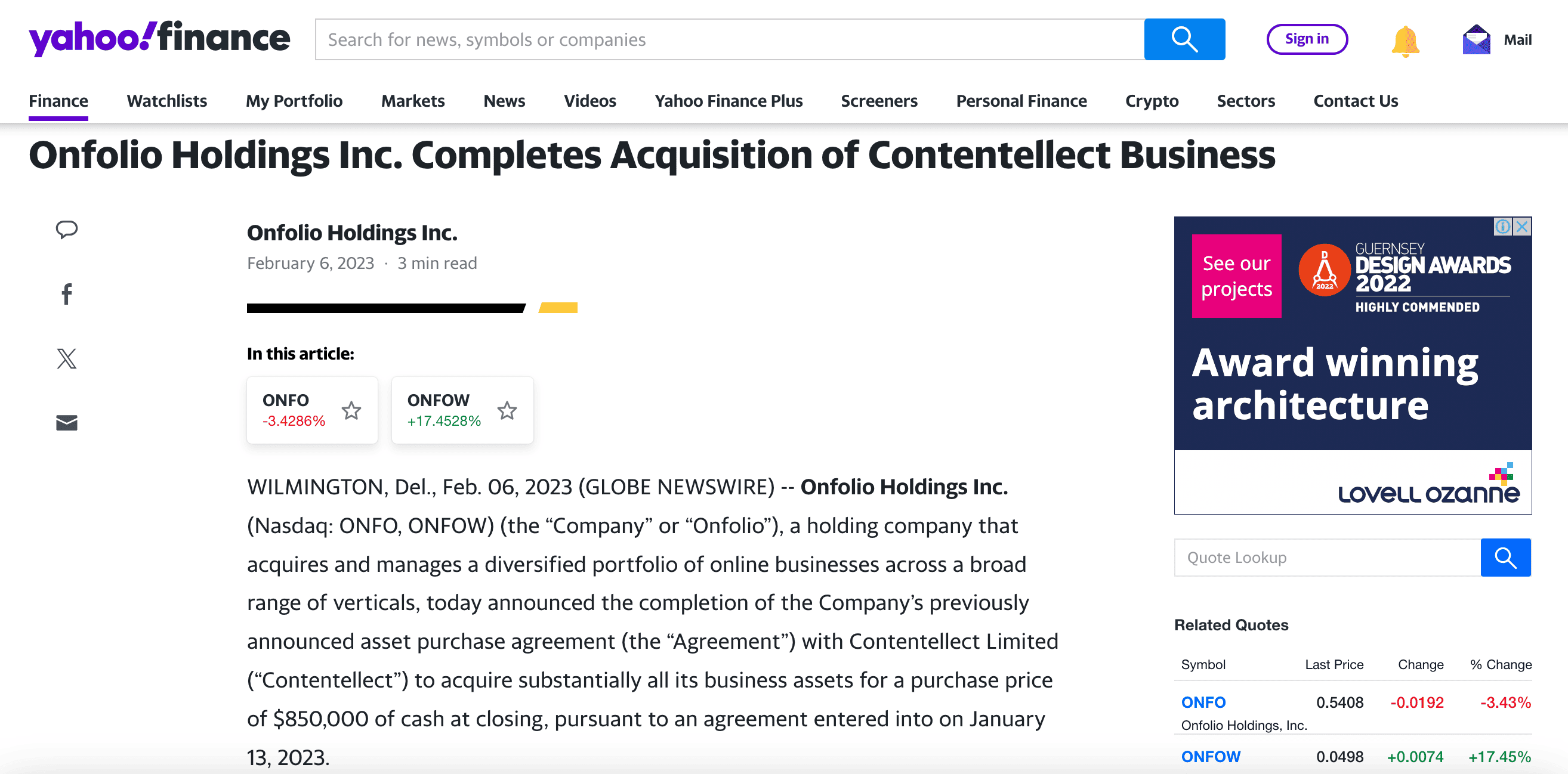
Our remote team not only allowed us to scale fast and deliver exceptional work, but we maintained 40% net profit margins, which is seriously amazing in the agency world.
Here are six lessons I learnt about recruiting, managing, and growing a remote overseas team.
How to Hire and Manage Remote Employees
Lesson #1: Cultivate a 'remote-first' culture
Before you even begin the process of recruiting remote employees, you need to lay down the groundwork for a culture that thrives in a remote work environment.
To achieve this we embedded three key principles in our company.
1. A "Manager-of-One" Mindset
At the heart of our remote-first culture was the cultivation of a "Manager-of-One" mindset.
This concept revolved around placing trust at the core of our relationship with our remote staff.
We wholeheartedly rejected the idea of micromanaging and instead empowered our employees to take charge of their work independently.
Trust became the foundation upon which our remote teams were built, allowing for autonomy and self-direction to manifest.
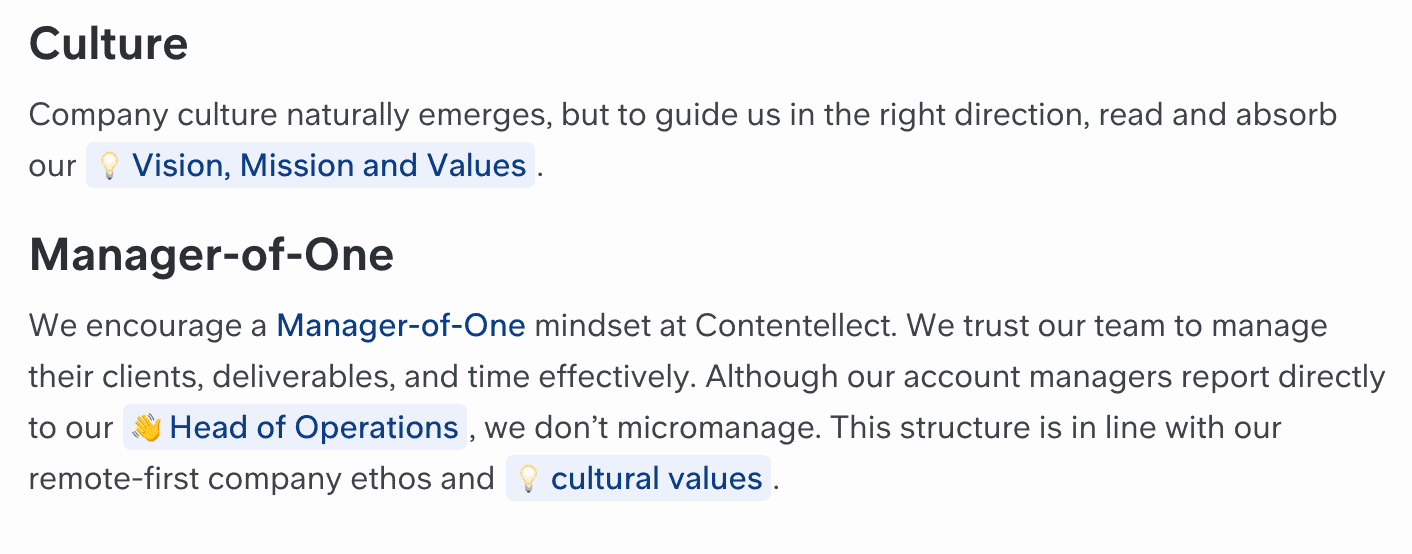
Our Contentellect Employee Handbook set out these values and encoded them in our organisation.
2. Embracing Autonomy
Autonomy was not just a buzzword for us; it was a deeply ingrained value in our business.
We actively sought out individuals who were self-starters and valued the freedom and control that came with being autonomous workers.
We aimed to maximize this autonomy, encouraging our team members to work wherever, whenever, and however they pleased.
Whether they were night owls, preferred afternoon naps, wanted to catch up with friends for a morning coffee, hit the gym, or scheduled a doctor's appointment – we trusted them to manage their day in a way that best suited their productivity and well-being.
To counter the lack of control, we shifted to an outcomes-based company.

Screenshot of our Autonomy value in our employee handbook.
3. Shifting to Outcomes
A pivotal shift in our approach was transitioning to an outcomes-based model for performance evaluation.
This transformation liberated us from the need to track hours worked or monitor every movement of our remote staff.
Instead, we focused on defining clear daily, weekly, and monthly output expectations and measured our team members' performance against these benchmarks.
While this approach may not be suitable for all types of roles, it allowed us to shift the emphasis away from time spent working to the results achieved.

Screenshot of our Output-based value in our employee handbook.
Lesson #2: Develop a process for recruiting A-team players
The next crucial factor in our success was our relentless pursuit of A-team players through a meticulously designed recruitment process.
The three step process we developed to consistently recruit A-team remote players was as follows.
1. The Screening Phase
Our recruitment journey began with an extensive screening phase, where we cast a wide net to attract potential candidates from various sources such as job boards, LinkedIn, and Facebook.
Unlike traditional approaches that rely heavily on CVs and cover letter to screen candidates, we focused our application process on short but meaningful tests or exercises.
Usually taking around 15-30 minutes to complete, we knew that tests/exercises would filter out time-wasters who merely submitted CVs and generic cover letters, and help distinguish those who were really keen for the job.
Moreover, these exercises were tailored to the specific role or the skills we sought, with a primary focus on evaluating written communication and attention to detail. I've found that both these skills are a key differentiator of A-team players.
The aim of the screening stage was to whittle down the initial pool of hundreds of applicants to a select group of 10-15 top performers.
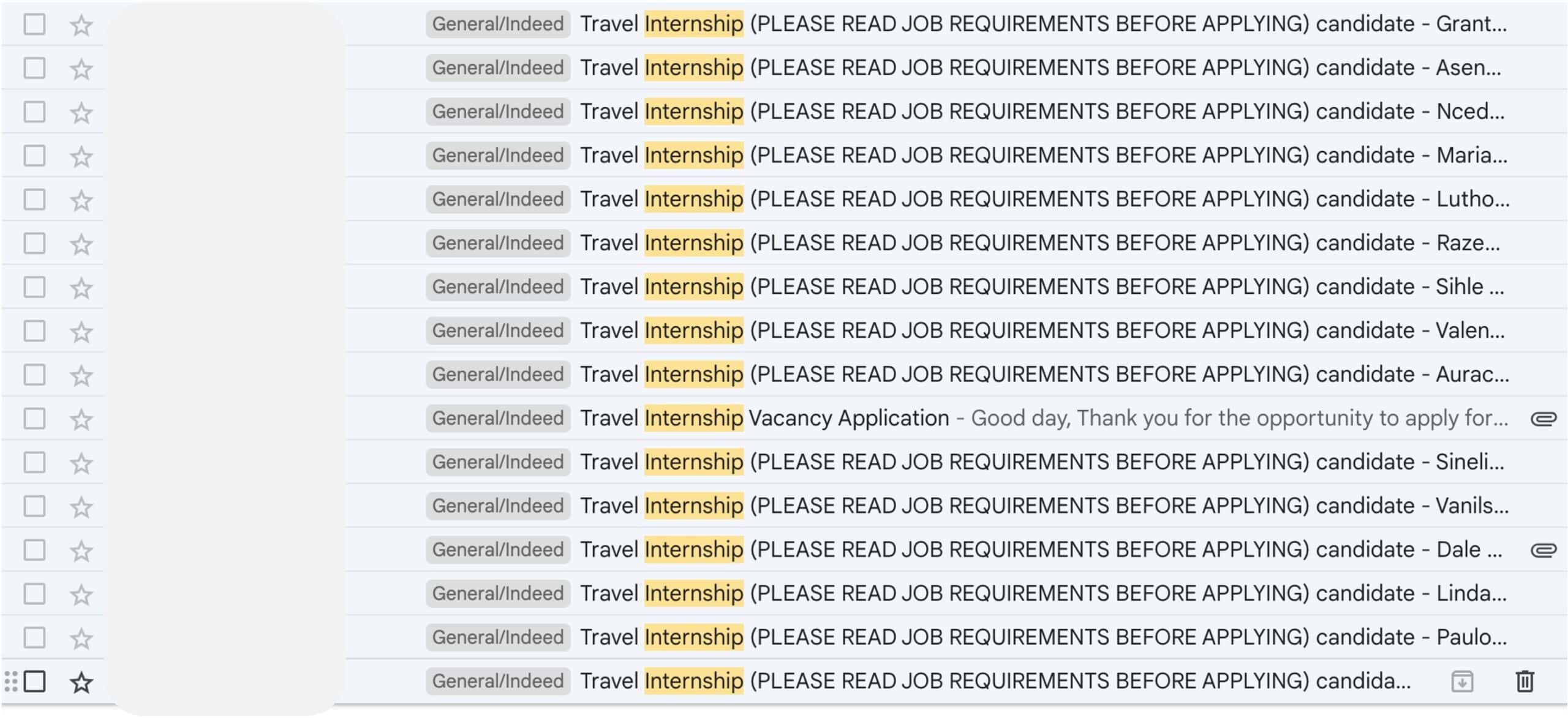
Applications coming in - notice only two read the requirements and attached their test answers.
2. The Interviewing Phase
Our interviewing phase was a two-part process that aimed to delve deeper into candidates' qualifications and character.
First, we requested candidates to record short video responses to a set of predefined questions. This allowed us to gauge their personality and traits – did they come across as friendly, positive, engaging, intelligent, and articulate?
The shortlisted candidates, typically numbering between 3-5, were then invited for face-to-face interviews.
During these interviews, we probed into their motivations, interests, career aspirations, salary expectations, and more.
Candid conversations were essential at this stage, as they helped reveal the true essence of the individuals beyond their interview personas.
Our goal was to assess cultural fit and determine how well they would integrate into our company culture and work environment.
From this phase, we selected two candidates to proceed to the next stage.

An applicant using Loom to record a short video of themselves answering pre-set questions.
3. The Live Phase
The pinnacle of our recruitment process was the live phase, where we offered a one-month paid internship with no guaranteed job offer at the end.
This phase was critical in allowing us to thoroughly evaluate candidates, make side-by-side comparisons, and witness their performance in a real work environment.
It cannot be overstated how crucial this step was for us.
Traditional assessments like CVs and interviews can easily mask deficiencies in essential soft skills and traits such as energy, drive, reliability, ambition, timeliness and communication.
The one-month internship also served as a mutual trial period, enabling candidates to assess whether they genuinely enjoyed the work and fit within our company.
If a candidate or, indeed, both candidates excelled during this phase, we offered them a full-time role.
By always having two candidates at this stage, we ensured a seamless transition and rarely needed to return to square one in the recruitment process.

Discover how to slash your salary costs by 80%
Get our exact process for hiring amazing overseas talent from South Africa. Includes copy-and-paste templates and a detailed salary guide.
Lesson #3: On-Boarding
An effective on-boarding process was also critical to our success. With remote teams, it can be difficult for new recruits to find their feet. To counter this we introduced a very structured on-boarding process that focused on four key areas:
1. Employee Handbook
We recognized the importance of providing new recruits with a clear roadmap for their journey within the organization.
To this end, we created a comprehensive employee handbook that outlined crucial aspects of our company, including our vision, mission, and values.
This handbook served as a valuable resource, guiding newcomers on how best to integrate into our organizational culture, where to access information and documents, who's who within the company, and how to align with our overarching goals.
While this may seem straightforward, many small organizations overlook the necessity of such documentation, leaving new employees to navigate these aspects independently.
By ensuring that all new hires went through this handbook and actively soliciting their feedback, we aimed to foster a sense of ownership over the company's vision and values, thereby enhancing their commitment to our mission.
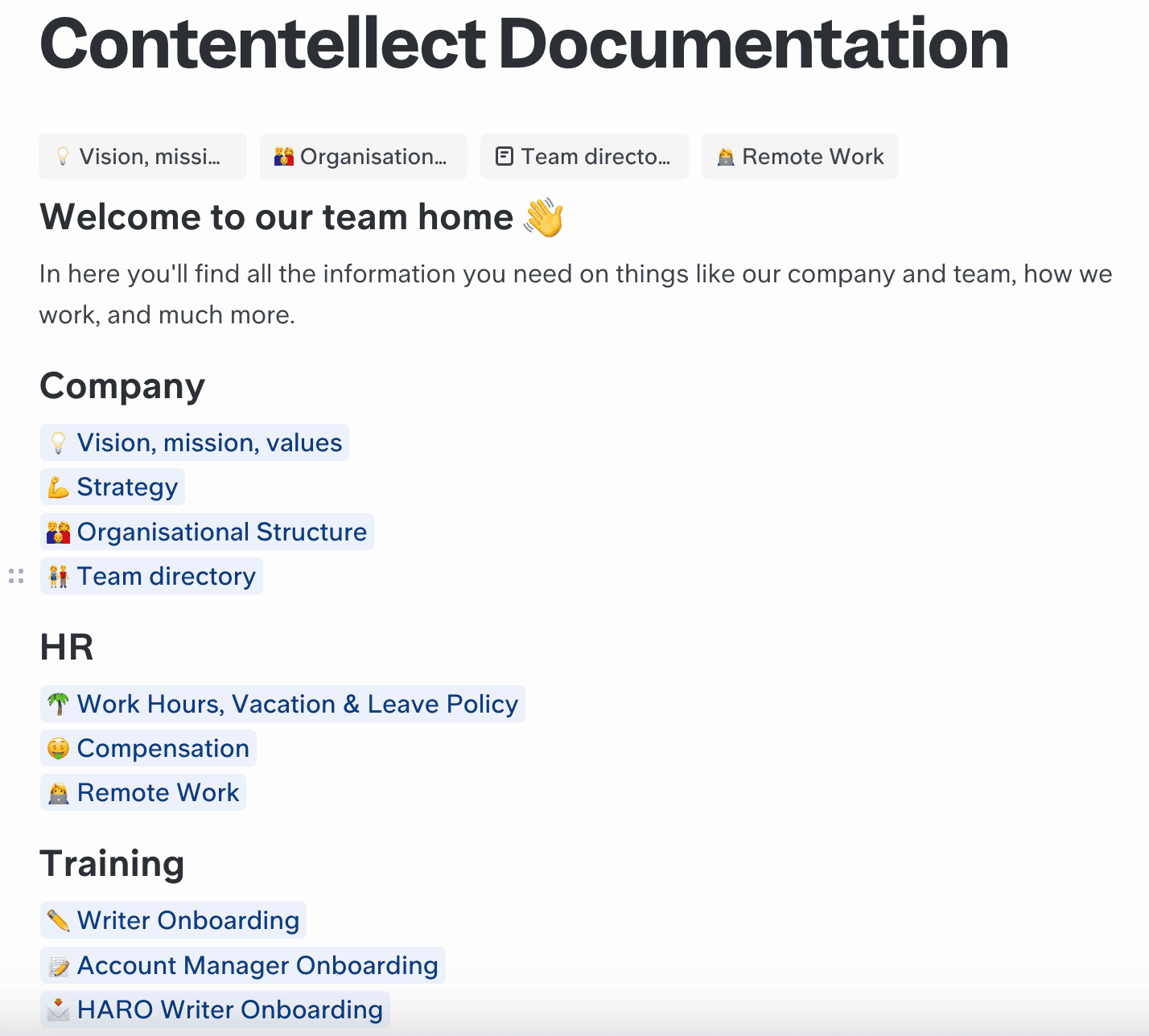
Our online Employee Handbook via a tool called Slite.
2. Training Videos and Buddy System
Providing structured training was paramount to helping new team members get up to speed quickly and effectively.
We developed a library of training videos covering critical topics related to our company and services, as well as role-specific content.
These videos became mandatory viewing for all new hires, ensuring that they had access to essential knowledge from the outset.
Additionally, each newcomer was paired with a more experienced colleague (not their direct supervisor) who served as a mentor.
This buddy system facilitated a smoother transition into the company and their specific role. It allowed new recruits to tap into the expertise of their mentors and feel supported from day one, preventing them from feeling overwhelmed or isolated.

Example of our training videos for new team members
3. Technology Setup
Efficient technology setup is a non-negotiable aspect of remote work (see Lesson #4 below).
Prior to a new recruit's start date, we took meticulous care to ensure they had all the necessary tech tools required to thrive in our remote organization.
This included setting up company email accounts through Google Workspace, granting access to our Google Drive and Slack, and ensuring that their computer and phone were configured for seamless remote work.
By streamlining this process, we eliminated any potential technical hurdles that might impede their productivity or integration into the team.
4. Identity and Belonging
Fostering a sense of identity and belonging within the organization is vital, even in a remote setting.
To make new recruits feel like valued team members, we adopted simple, yet, impactful gestures.
Every new hire received branded merchandise, such as company-branded T-shirts and hoodies, upon joining the team.
These tangible items not only reinforced their connection to the company, but also served as a symbol of their inclusion within the team.

Some of our remote team members wearing their Contentellect merch.
Lesson #4: Leverage Technology for Remote Success
We would never have been able to scale our remote team and company if it wasn't for technology.
The issue is - what technology to use, and how to leverage it in the most effective way.
Here are the four key technologies we implemented to ensure seamless remote operations:
1. Asynchronous Comms Technology
Embracing asynchronous communication is a game-changer for remote teams.
Unlike in a traditional office setting, you can't rely on face-to-face interactions or impromptu chats by the water cooler.
Instead, tools like Slack and Microsoft Teams become indispensable. We chose Slack, because I can't stand Microsoft products.
Slack enables real-time messaging and collaboration, making communication within the organisation faster and more efficient.
But the trick is getting everyone to use the technology.
We made installing the desktop and mobile Slack app part of our on-boarding process.
Of course, it's essential to strike a balance - we encouraged team members to set notifications off during non-work hours or weekends to prevent burnout.

Integrating Slack was critical to our success.
2. Reliable Video Chat Technology
With remote work comes the need for reliable video chat technology.
Virtual meetings and video conferences become the norm, so having a tool that works seamlessly across the team is crucial. While we experimented with options like Zoom, we ultimately settled on Google Meet.
Quick tip: Don't run multiple video chat technologies with your team, it's a nightmare to switch between them.
As we were already running the business via Google Workspace (more on that below), we found GMeet to be the best in speed in loading and sharing join links.
3. Cloud-Based Collaboration Tools
Remote work demands the ability to access company documents and collaborate from anywhere.
This is where dependable cloud-based collaboration tools come into play. Like, Google Meet, we found Google Workspace to be the best for easy access to shared documents, spreadsheets, and presentations from any location.
4. Screen Recording Software
One of the most transformative technologies for us was screen recording software.
In an office environment, it's simple to have a colleague look over your shoulder to provide guidance or feedback.
In a remote setting, this is challenging.
This is where tools like Loom come to the rescue.
The team and I used Loom to record and share videos. These videos served as a rapid and crystal-clear means of explaining processes, creating quick Standard Operating Procedures (SOPs), or asking brief questions.
Whether it was demonstrating a task or seeking clarification, screen-recording software bridged the gap between remote colleagues, fostering a sense of proximity and collaboration despite physical distances.
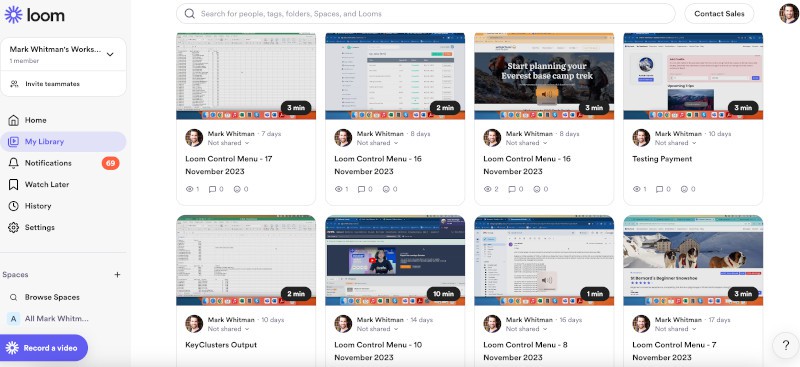
I'm addicted to Loom. It's one of the best tools for remote teams.
Lesson #5: Effective Meetings
When managing a remote team, meetings become the glue that holds the organization together. However, the quality and structure of these meetings are critical for success.
Basically, meetings became useful, practical and even enjoyable again.
At Contentellect, we established five key types of meetings, each with a specific purpose and structure, to ensure effective communication and collaboration.
Hire remote talent from South Africa & slash salary costs by 80%
Salaries start from £8,000 per year!
1. Weekly Meetings
Regular weekly meetings served as the cornerstone of our communication strategy.
My operational heads and I would convene once a week to discuss the priorities for the upcoming week and address any pressing business matters.
Simultaneously, operational heads would conduct similar meetings with their account managers.
This structure created a clear line of communication and allowed for alignment throughout the company's hierarchy.
It ensured that important information and directives were not lost in the shuffle of daily chat interactions.
2. Quarterly Catch-Ups
Quarterly catch-up meetings followed the same structural pattern as the weekly meetings.
However, their purpose was to provide a broader perspective.
During these sessions, we reflected on the activities and performance of the previous quarter, gathering valuable insights and lessons.
These meetings also offered an opportunity to check in on team members' wellbeing, job satisfaction, and any concerns they might have.
This holistic approach helped us maintain a strong sense of connection and ensured that strategic planning was based on a thorough understanding of past experiences.

The remote team meets face-to-face for the first time.
3. Learning Hours
To foster a culture of continuous learning and knowledge-sharing, we introduced monthly all-hands meetings called Learning Hours.
These sessions allowed us to delve deeply into specific business topics, sharing insights, experiences, and best practices.
Additionally, we used Learning Hours to provide updates on the company's performance and align team members with our goals for the month or quarter.
This not only facilitated learning but also reinforced the sense of unity and purpose within the remote team.
4. Six-Month Reviews
Regular feedback and performance reviews are pivotal, especially in a remote, outcome-driven environment.
To this end, we implemented six-month reviews for all our full-time remote staff.
These review meetings served as a platform for offering constructive feedback on team members' performance, discussing their experiences within the company, and planning their career development paths.
By conducting these reviews, we ensured that our team members received the support and guidance needed to excel in their roles.
5. Quarterly Virtual and Face-to-Face Socials
Building and maintaining a sense of camaraderie and social connection is vital in a remote work environment.
To bridge the gap between virtual colleagues, we introduced quarterly social gatherings.
In the virtual realm, we organized events such as virtual escape rooms, pub quizzes and ice-breakers.
Additionally, we arranged face-to-face meet-ups, including breakfasts, lunches, coffee outings, and activities like ten-pin bowling, crazy golf, and chocolate making.
These social interactions fostered a sense of community, helping team members get to know each other beyond work-related discussions.
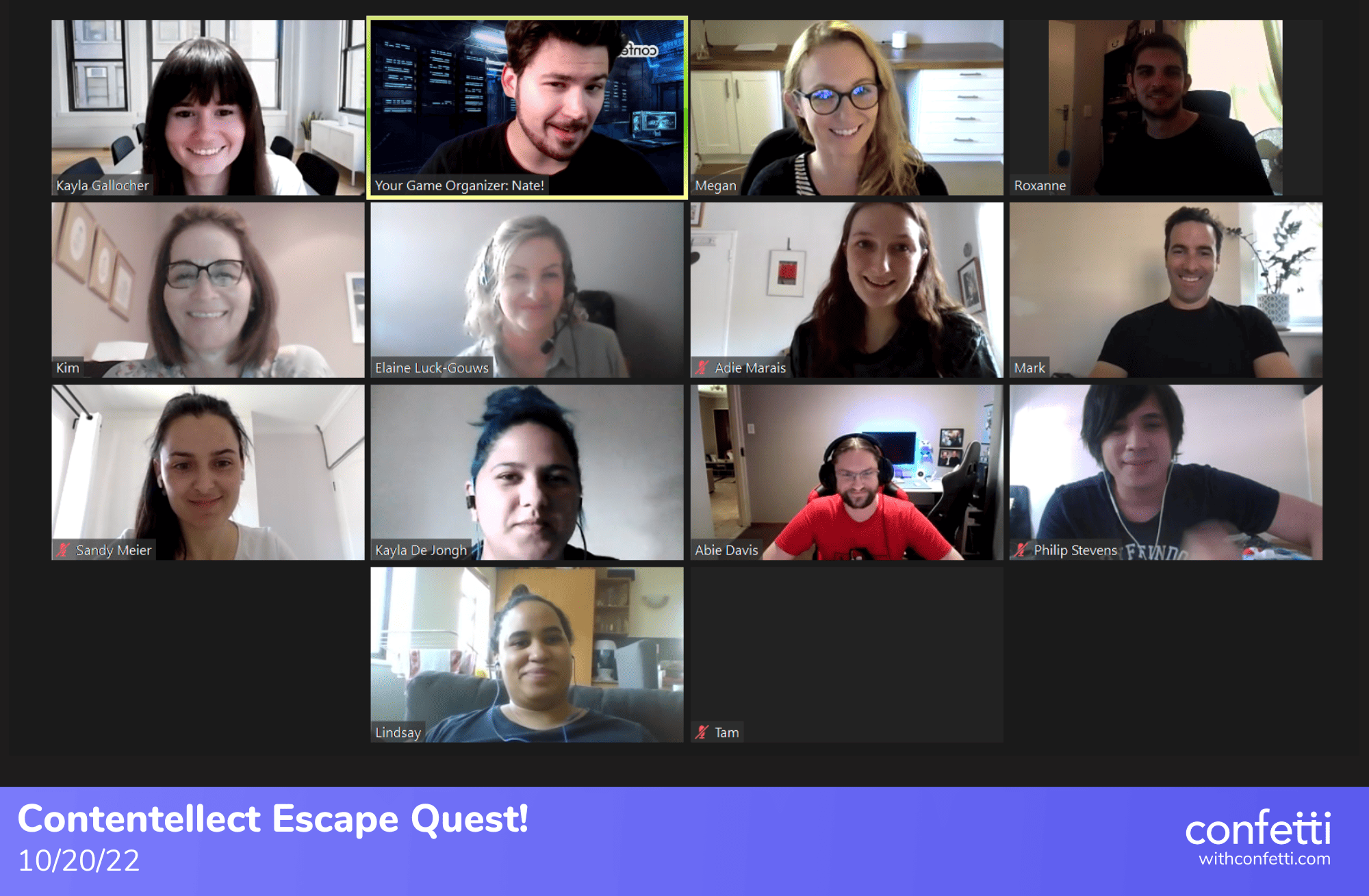
One of our many virtual meet-ups
Lesson #6: Location Concentration
While the allure of a global talent pool may seem enticing, when transitioning to remote work, my experience has taught me that concentrating one's recruitment efforts around a specific region or country is often a more strategic approach.
Here's why.
1. Time Zone Synchronization
One of the foremost benefits of focusing on a specific region or country is the ability to create a team that operates within the same or similar time zones.
Time zone alignment is crucial for effective communication, meeting coordination, and the smooth functioning of remote teams.
When team members are dispersed across the globe, dealing with significant time differences can be a logistical nightmare, hindering both synchronous meetings and asynchronous communication.
This issue is exacerbated by cultural disparities that may affect work hours and expectations.
2. Understanding Nuances
Concentrating one's recruitment in a single country or region enables one to gain an in-depth understanding of the nuances specific to that location.
This includes insights into the local education system, prevailing salary bands, and cultural idiosyncrasies that may impact work dynamics and expectations.
Having this localized knowledge can be a valuable asset when making hiring decisions, setting compensation packages, and ensuring that your remote team members are aligned with your organization's values and objectives.
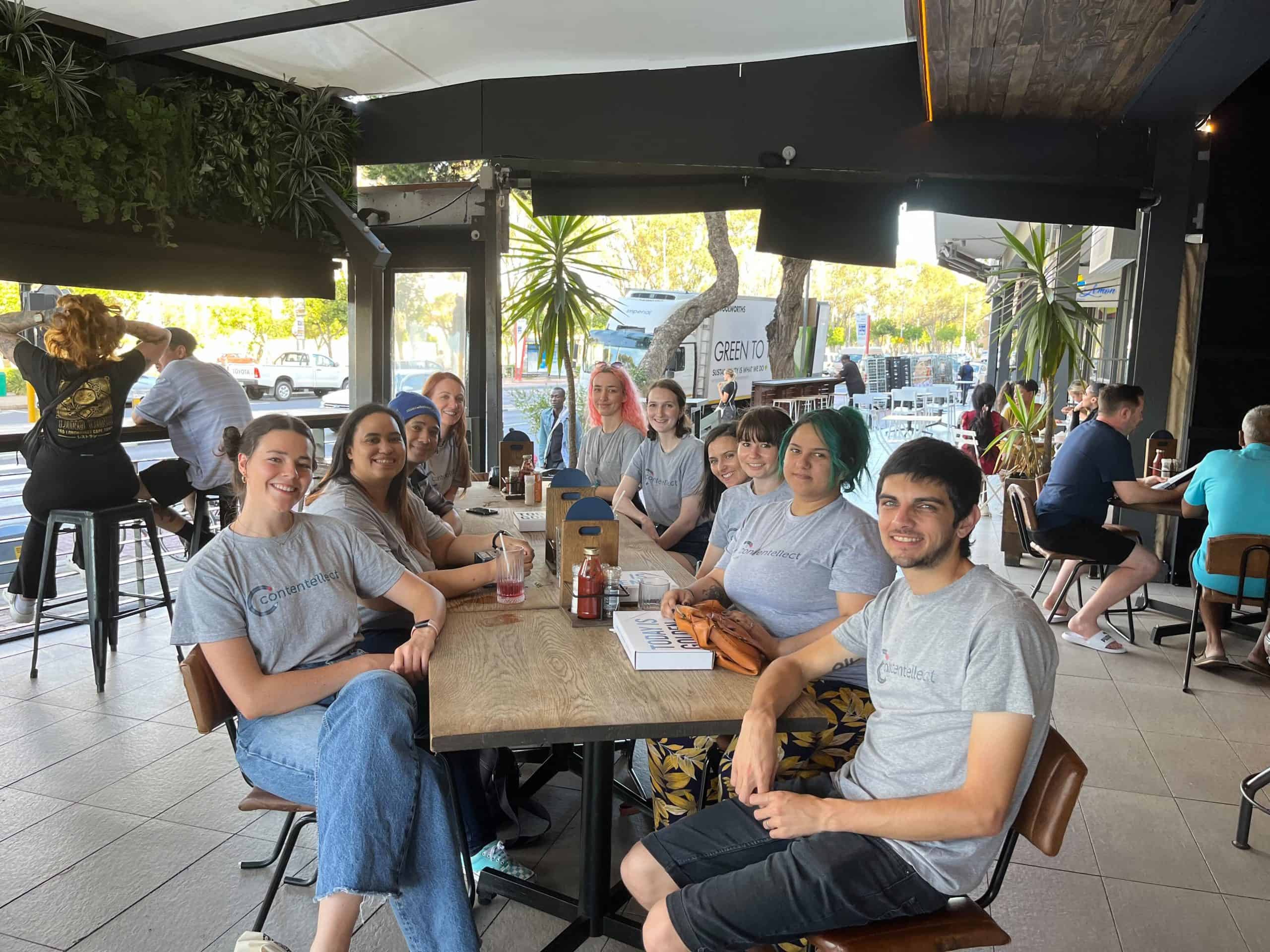
Location concentration facilitates physical meet-ups in a way that a dispersed remote team doesn't.
3. Facilitating Face-to-Face Meet-Ups
Incorporating face-to-face interactions into your remote work model can be highly beneficial for team cohesion and organizational culture.
When your team members are concentrated in a particular geographical area, it becomes considerably easier to organize and facilitate in-person meet-ups, team-building events, and workshops.
These face-to-face interactions play a pivotal role in strengthening the sense of belonging and connection within the organization.
They provide opportunities for team members to build rapport, share ideas, and foster a deeper understanding of each other, ultimately contributing to a more cohesive and motivated remote team.
